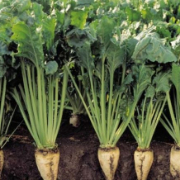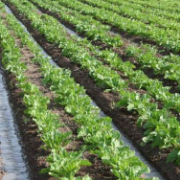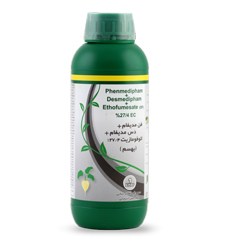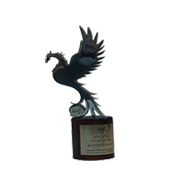
National selection of top producer of
poison and fertilizer
in Iran

Omid International Conference
International Conferences Center
In Tehran
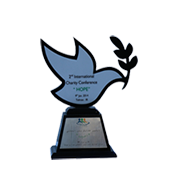
Omid Second International Conference
International Conferences Center
In Iran

Omid Third International Conference
International Conferences Center
In Iran

Omid Fourth International Exhibition
International Conferences Center
In Tehran
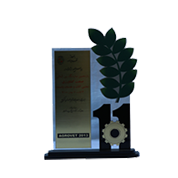
11th International Agricultural Industry
Exhibition
Machinery and related services
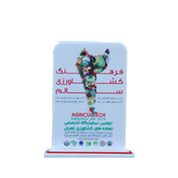
Second Specialized Agricultural Exhibition
The permanent location of
the Bustan fairs
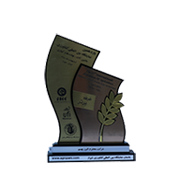
11th International Agricultural Fair
Premier Booth
In Iran
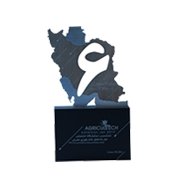
Sixth specialized exhibition
Tehran Agricultural Agencies
In Iran
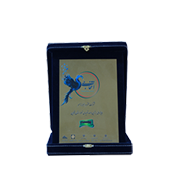
National Award for Top
Manufacturing Unit
In Iran-gazvin

First place
Safir Cup Tournament
In Winter
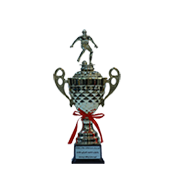
Top Team
Ramezan Cup Tournament
TehraniMoghadam
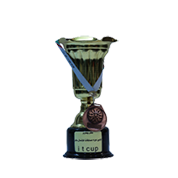
Third place
Safir First Futsal Cup Tournament
itcup

Product: Phenmedipham + Desmedipham + Ethofumesate 27.4% EC
Brand: -
Category: Pesticides
Subcategory: Herbicides
Phenmedipham + Desmedipham + Ethofumesate 27.4% EC
Trade names: Betanal Progress A-M / Betanal Progress OF
Group: Phenylcarbamates
Pre-harvest interval (PHI): 90 days
Antidote: None. In case of poisoning, give plenty of water and induce vomiting.
Soil persistence (half-life): ~25 days
Herbicide type: Selective, post-emergence, contact herbicide
Application Management
This herbicide formulation contains:
-
Phenmedipham: 91 g/L
-
Desmedipham: 71 g/L
-
Ethofumesate: 112 g/L
Mode of Action:
-
Inhibits electron transport in Photosystem II, blocking photosynthesis.
-
Uptake is mainly foliar with apoplastic translocation:
-
Phenmedipham & Desmedipham absorbed via leaves
-
Ethofumesate absorbed via stems & roots
-
-
Symptoms: rapid chlorosis, followed by necrosis beginning at leaf margins, and eventual leaf desiccation.
Spectrum:
-
Selective post-emergence herbicide for sugar beet
-
Controls a wide range of annual broadleaf weeds
-
Suppresses growth of some annual grasses
Best results occur when weeds are treated at the cotyledon stage, or before the 2–4 leaf stage.
Humidity and warm conditions increase the effect of Phenmedipham + Desmedipham.
Soil moisture increases Ethofumesate activity.
For fields dominated by pigweed (Amaranthus spp.), prioritize use of Desmedipham.
Recommended Application Rates
| Crop | Target Weeds | Application Rate |
|---|---|---|
| Sugar beet | Annual broadleaf weeds | Single application: 4 L/ha at 2–4 leaf stage of sugar beet |
| Split application: 3 L/ha, twice (cotyledon stage + repeat after 7 days) |
Compatibility, Mixing, and General Considerations
-
Spraying may be repeated 2–3 times at 7–10 day intervals
-
In organic soils: 3–5 applications
-
-
Use of adjuvants (oils) improves activity on some weeds.
-
Can be tank-mixed with other sugar beet herbicides.
-
Foliar uptake is key – reduced effect if applied to soil surface.
-
In strawberry fields, spray volume must not exceed 220 L/ha.
-
Avoid spraying from flowering until harvest.
-
Temporary leaf chlorosis may occur.
-
-
Often used to complement pre-emergence herbicides.
-
Final application: before harvest in beet, before flowering in strawberries.
-
Crop sensitivity increases under:
-
Temperatures >30°C
-
Water stress
-
Prior use of pre-emergence/pre-plant herbicides
-
Important Notes
-
Use only under recommendation of a plant protection specialist.
-
Do not apply on crops other than those specified.
-
Do not apply for weed species other than those listed.
